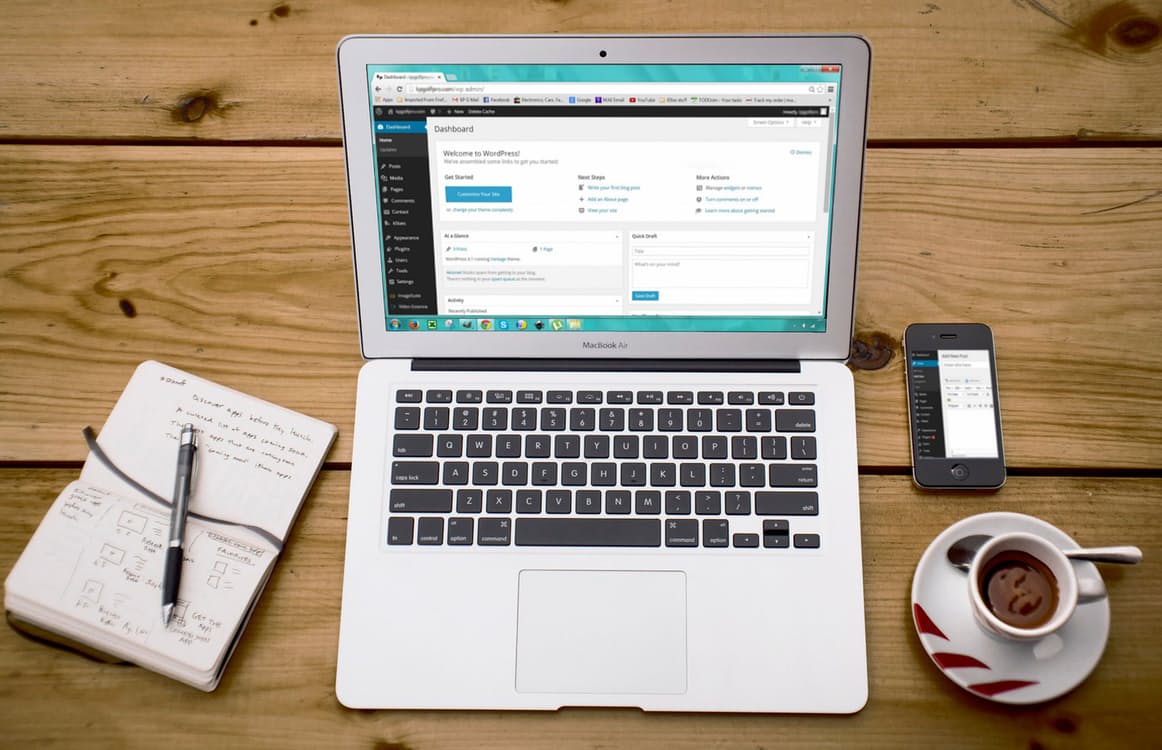What Makes a Great Onboarding Process?

Why do people use your product?
Is it because you’re a big player in their industry? Is it because you are highly recommended? Is it because you have the cleanest, fastest code?
All of those reasons are helpful, but…
Value is the most important component of a SaaS product. Your reputation and code base won’t save you if your product stops adding value to your customers’ lives.
What’s worse is that your product doesn’t even have to lack value. It just has to seem to lack value. You could have the greatest SaaS product on Earth, but it wouldn’t matter if your customers (and potential customers) were unaware.
So let’s start with the assumption that your product is valuable. You’ve found a good product/market fit, you know what your ideal customer looks like, and your application does its job. Your task now is to make your customers (and free trial users) aware of the value.
How do you do that? Well, you could tell them. That’s the point of marketing. But, you need a stronger message to convince someone to pull out their credit card. You have to show them.
As customer success managers, it’s our job to create, implement, oversee, and tweak the onboarding process.
Use an onboarding process to help users achieve value

The very first experience that your users have with your product sets the tone for the entire relationship. If early experiences are confusing, frustrating, or full of obstacles, you’ll probably never overcome that first impression. This is a quick path to churn.
You have some leeway here with high-touch or enterprise products. Long sales cycles make users less likely to give up quickly.
If you’re experiencing quick drop-offs after sign up or a poor conversion rate from free to paid plans, you have an onboarding problem. If your enterprise accounts fail to renew and complain about not seeing results, you have an onboarding problem.
This is a problem that most SaaS products have since 40-60% of users who sign up for free trials log in once and never return.
Many SaaS products onboard their customers poorly because they miss the entire purpose of the process. They mistakenly believe that onboarding should walk the user from first login to some functional milestone (like adding their profile picture or enabling notifications) and then stop. This approach is focused on your goals, not your customers’.
Israel Butson, Head of Onboarding at Timely, says it well:
“It’s easy to fall into the trap of onboarding users the way you want to – how you feel your product should be set up when using it for the first time, where you feel the most value lies, the boxes you want to see ticked. This is a mistake and takes work to correct later. Get into your [potential] customer’s heads early – what are their primary business goals for using your service, and how do those goals translate to the way your app functions? Research, talk to your customers, and make absolutely sure anyone trialing gets to experience those ‘a-ha!’ value moments quickly.”
A well-organized onboarding process helps your users find value as quickly and as often as possible. We can consider a customer “onboard” once they’ve reached a few value milestones. If your product has a free tier, don’t consider them “onboard” until they’ve upgraded to a paid plan.
Start by defining the moment that a customer first realizes some value with your product in relation to their goals. This is the first moment of value and the first target for your onboarding process.
Let’s say you have a social media scheduling tool. The user wouldn’t realize value when they integrate their social media accounts, input their post content, or even click “schedule.” They’re using your app to post to social media, so the first value moment is when their schedule post is published.
As you can imagine, the first value moment is different for every SaaS product. I can’t tell you exactly when your customers realize value. You’ll need to determine that moment based on your understanding of your customer (which is why customer success should be an early hire).
Here’s a quick case study: Twitter knows that when a new user follows more than 30 accounts, they become a lifelong user. It’s no surprise that Twitter pushes new users to follow accounts from the moment the initial sign up is complete. (Read the full write-up here.)
Furthermore, your first value moments might differ based on service level. Users of your free and enterprise tiers have different needs and will find different things valuable. Your onboarding process should accommodate each customer segment.
Continue to deliver value past the first instance
Your onboarding process shouldn’t abruptly end once you’ve taken a customer to its moment of first value. You should continue to define important milestones and nudge each customer in that direction.
At this point in your product’s development, you should have a clear idea of what your customers find valuable. If you don’t, identifying this concept should be your priority. Your marketing, sales and product teams should have a clear understanding.
The best way to determine what your customers find valuable is to ask. Interview people who are good customers or who would make good customers. Ask them why they’re using your product, what they hope to accomplish with it, and how they measure success with the product. Most importantly, ask them to define the moment they truly felt they made the right choice choosing your product.
Tie your messaging (whether that’s through email, in-app messages/videos, popup tooltips, etc.) to the user’s actions, rather than using an irrelevant time schedule. It’s easier and more effective to coordinate your messaging to their cadence, rather than force the user to use the application at your pace.
For example, you can reinforce the value of your product by sending a “Congratulations!” email after they do something important. If the user used a particular feature, but not all the components of that feature, send an email with tips or best practices so they get more value out of it next time.
Onboarding and free trial users

At some point, the next valuable moment should occur after the user becomes a paying customer. Do not focus on the sale as part of your onboarding process, but make the sale a requirement of achieving more value. In this sense, you’re getting what you want (a subscription) by focusing on what they want (more value).
This method aligns value and sale nicely, instead of using some arbitrary time delay. Many SaaS organizations will wait until day 25 or day 30 of the free trial before starting a sales process. But what if the user was ready to make a purchase at day 6 because that’s when they realized the product’s value?
It’s more effective to position value and sale near one another. In a perfect world, the user would experience some value, then buy your product because the next moment of value is within sight.
For instance, let’s say you’ve defined a path of valuable moments for your social media scheduling tool. You know that viewing reports on the success or failures of those social media posts is something your users find valuable, so you nudge them in that direction once their posts have been published for a few days.
You know the next thing your users find valuable is distributing that data to their team members, partners, or stakeholders, which is why your tool has a convenient feature to create custom reports and email them to others with a simple click.
This is a great place to end your free trial and require a subscription. You’ve given your user value (viewing reports), but require payment to realize more value (customizing and distributing reports).
Include these essential onboarding components
OK, that’s a lot of theory. You probably want some tactics to make your onboarding process effective. Your SaaS should definitely have the following onboarding components if you want to keep your users.
1. Automated email sequence
You should have emails that continually engage with the user and pulls them back into the product. Send emails when they accomplish something with your application, reach certain milestones, or anytime you think they need more information.
Skip the branded email look, even for automated emails. Go with personally looking messages. Make sure someone monitors the account to field responses.
2. Product tutorial/demonstration
No matter how you do it, you have to tell the user how to use your product. ChartMogul explains this further, but your tutorial (or tool tips, or popup video, however you do it) should be skippable and possible to revisit.
3. Data import and/or service integration
Your users won’t use your tool by itself. They’ll likely need to import data or integrate other services. Your users need these functions, but these aren’t their goals. Get them through these parts of your onboarding process quickly and painlessly.
4. Documentation
When your customers use your product, they will undoubtedly get snagged on something. They would rather find solutions to their problems through documentation than have to email/call your support line. In fact, without documentation, many people will abandon you at the first sign of trouble.
Iterate your onboarding just like your product
You work at a SaaS, so you understand iteration and incremental development. Apply these same principles to your onboarding process. Monitor your analytics and interview customers to discover what works and what doesn’t, then make the appropriate changes.
“Constantly iterate and measure everything,” says Alexander Aghassipour, Chief Product Officer at Zendesk. “Most users don’t come back after the first session so it’s critical to ensure you keep investing here to help users find value and have them return.”
If you continually adjust your onboarding process to help users find value with your product, your retention, renewal and upgrade rates will consistently improve.
